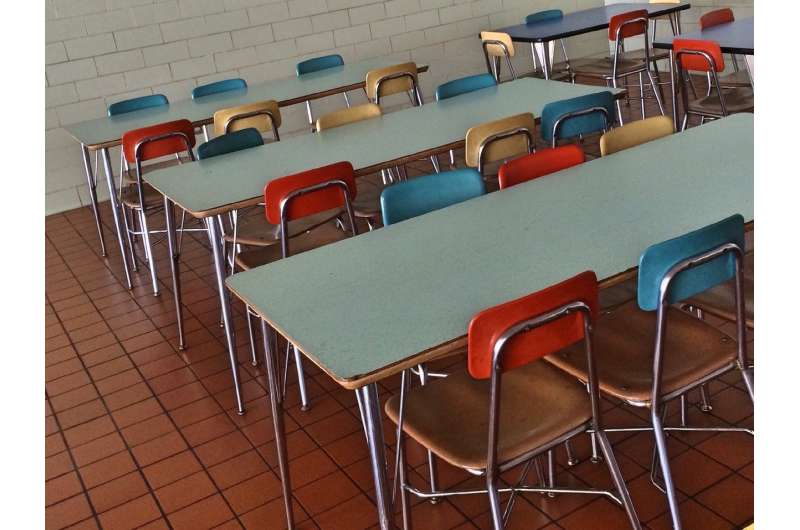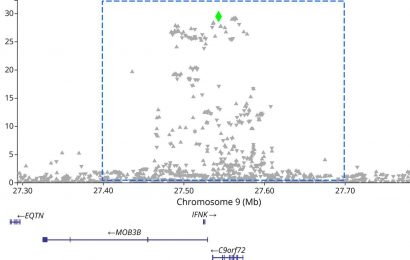
Packing a lunchbox with fruit, sandwiches, and snacks is common practice for most Australian families. But what if there was another way?
Flinders University researchers investigating the pros and cons of school-provided lunches say uniform delivery of lunchtime food at school could be a solution to better childhood nutrition and learning in Australia.
Flinders Caring Futures Institute deputy director Professor Rebecca Golley says universal school-provided lunch models—a common practice in other countries such as the UK—would involve all children in the school being provided with the same nutritious diet, with less room for sweet, salty or fatty ‘treats’ in the mix.
“A universal school-provided lunch model could help to ensure all children have access to food at school, reduce stigma of children not having lunch or having different types of foods to their peers, and help to ensure children are provided with healthy lunch options,” Professor Golley says, after publishing the results of an Australian study.
“The meal would be prepared on site and served to children in their classroom, school hall or school yard, compared with the current school food model in Australia where generally parents provide lunch to their child/ren, either as a lunchbox packed from home or purchased from a school canteen,” says nutrition and dietetics researcher Associate Professor Golley.
“While there will need to be an initial investment to set up the necessary infrastructure and getting the right policies and guidelines in place, what is emerging from some work around Australia is that this public health strategy can deliver in terms of learning, student engagement and wellbeing.
“By children being provided with healthy meals at school we think it will help children to concentrate in the classroom and support their learning.”
The Flinders University research team has separately completed a project describing the dietary intake of 5-12-year-old children during school hours.
They found that 40% of the energy kids consume at school comes from unhealthy food, with most children consuming no or very few serves of vegetables, protein-rich foods, or dairy during school hours. Commonly consumed foods included biscuits, processed meat, packaged snacks, bread and fruit.
A separate study conducted recently in NSW found that over two thirds of purchases made at school canteens are choices high in saturated fat, total sugars, and salt.
“Good nutrition during children’s school years supports their growth, learning and development, with primary school aged children consuming up to almost half of their daily energy intake during school hours,” says fellow Flinders researcher Brittany Johnson.
“Australian families constantly face the challenge of packing lunchboxes that are nutritious, safe and quick, and that their children will eat”.
School lunchbox tips and tricks:
- Keep lunchboxes and snacks basic—go back to the less packaged foods—grainy sandwich, vegie sticks, fruit and yogurt, researchers say.
- Reduce unhealthy foods by cutting portion sizes in half or limiting the number of days in a week your children eat these foods.
- Head to the supermarket with clear plans and stick to them. Avoid the snack isle. If there are no unhealthy foods brought into the home this can make it easier to eat healthier alternatives from the five food groups.
The 2020 study gathered feedback from the education, health and social services, non-government, food industry, and parents, considered several approaches, such as a ‘community restaurant’ where meals could be prepared and service different community groups, or off-site meals service by dedicated food preparation staff with meals delivered in bulk to school grounds.
Participants also considered the feasibility of a student/self-food preparation model involving students choosing and preparing their own lunch before school or in the classroom at a food creation station or mini supermarket.
The top ranked option was the universal school-provided lunch model, where existing canteen facilities and infrastructure could be used to prepare meals on site, and fees for parents subsidized based on their family income. Teachers could also eat the meals, and students could have the option to be involved in the cooking.
Source: Read Full Article


